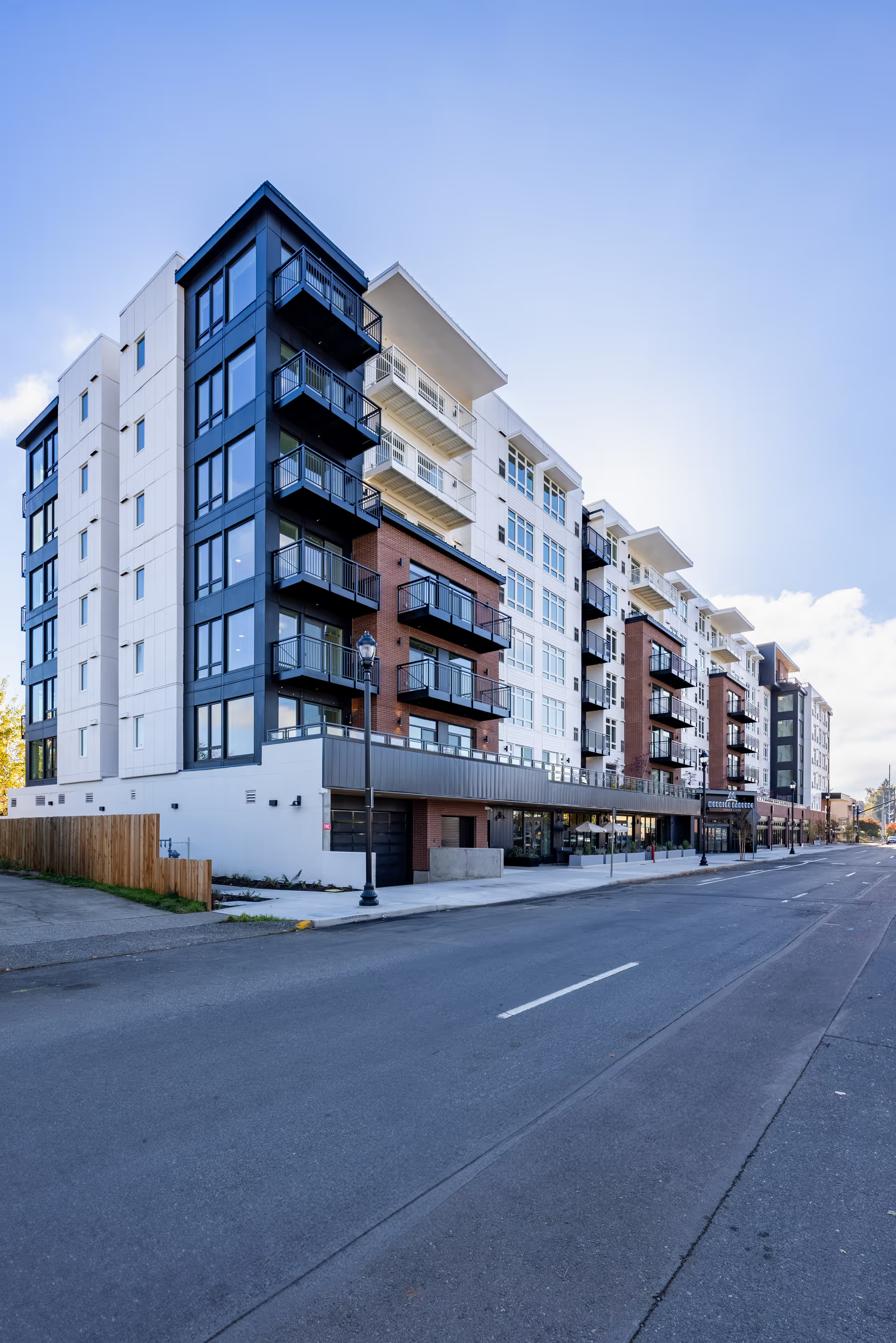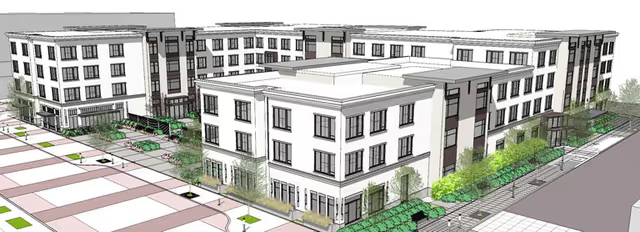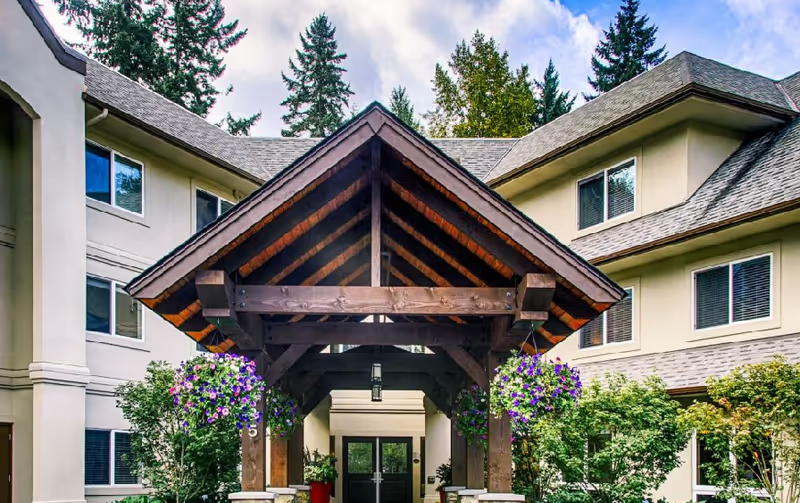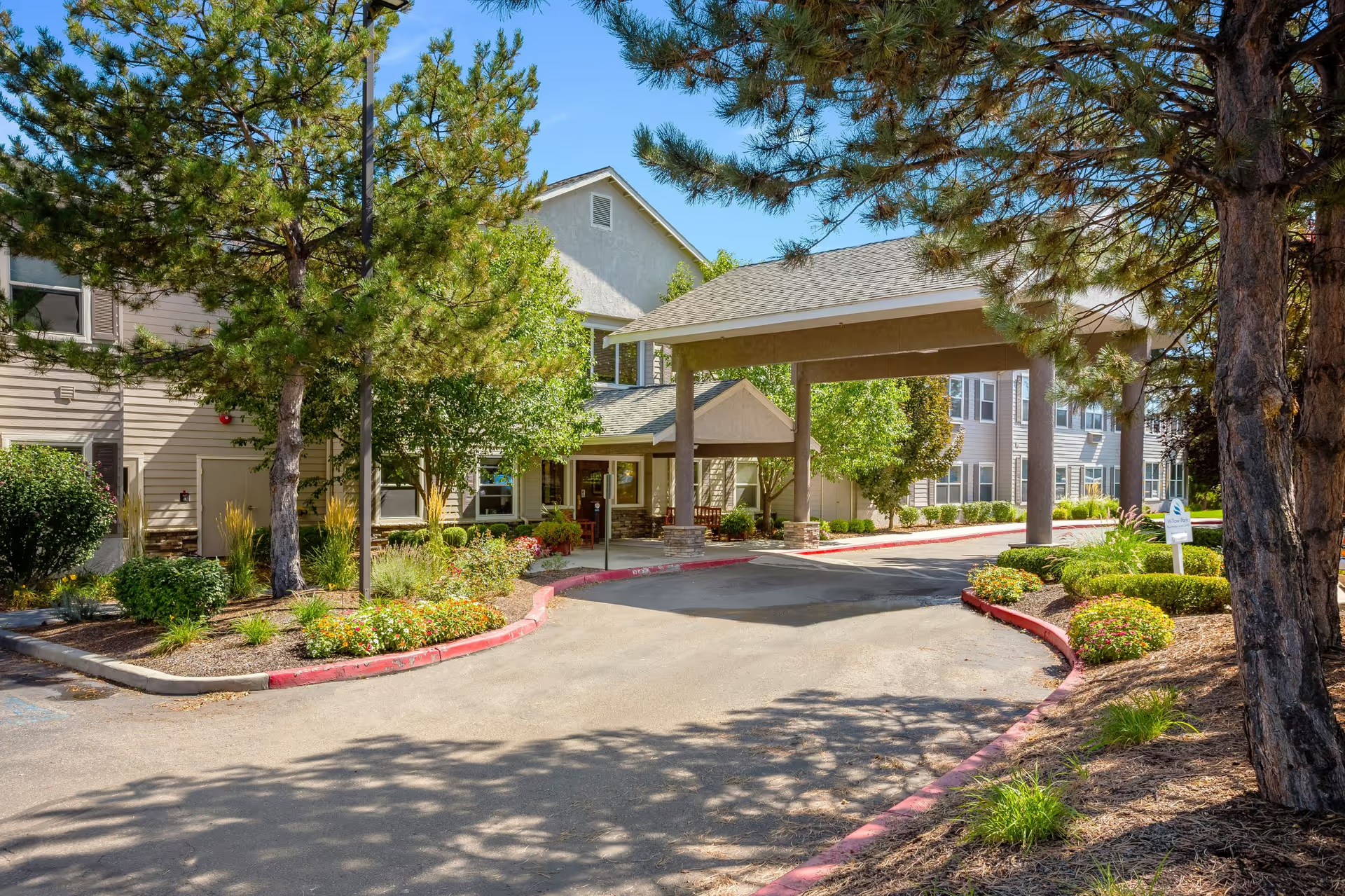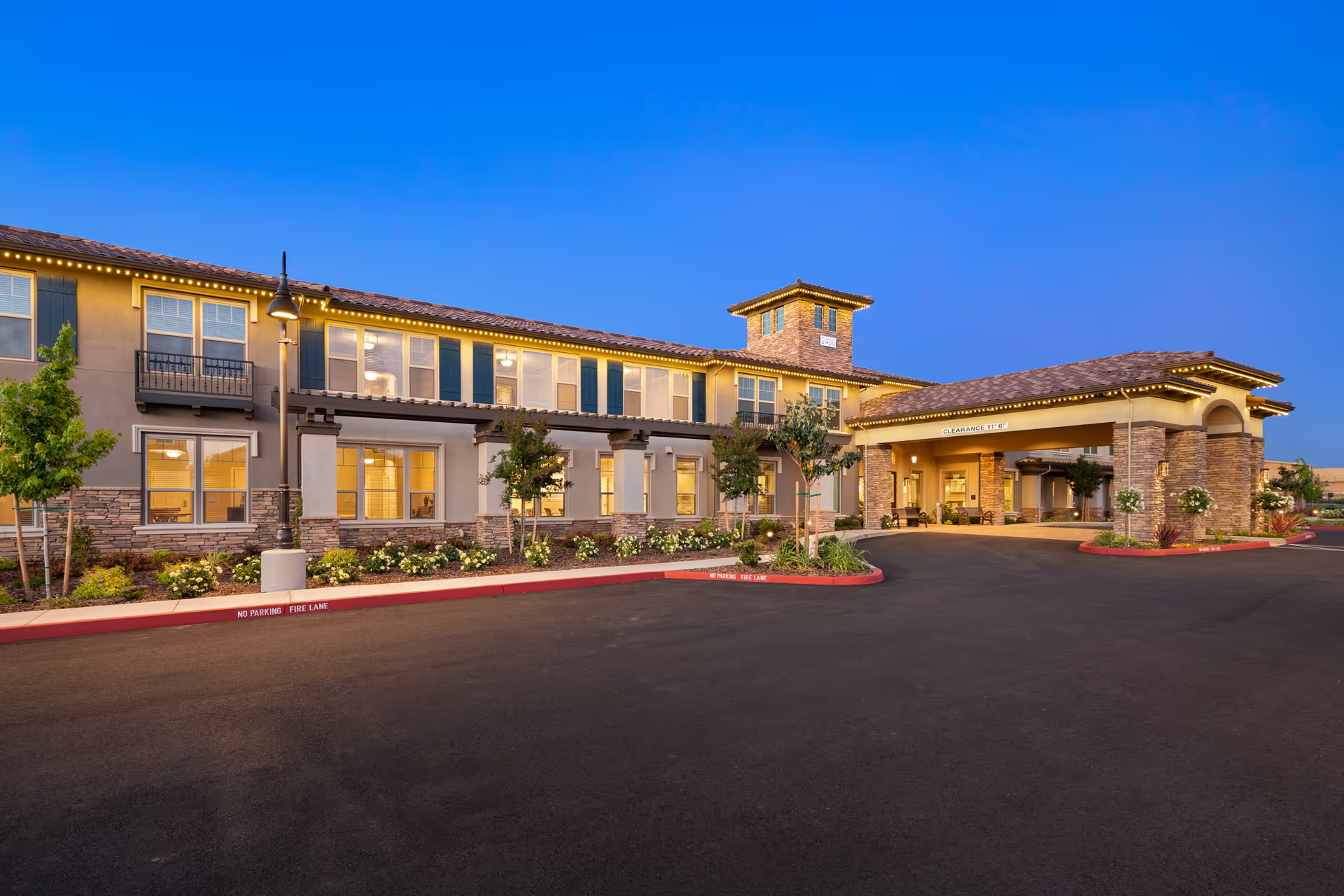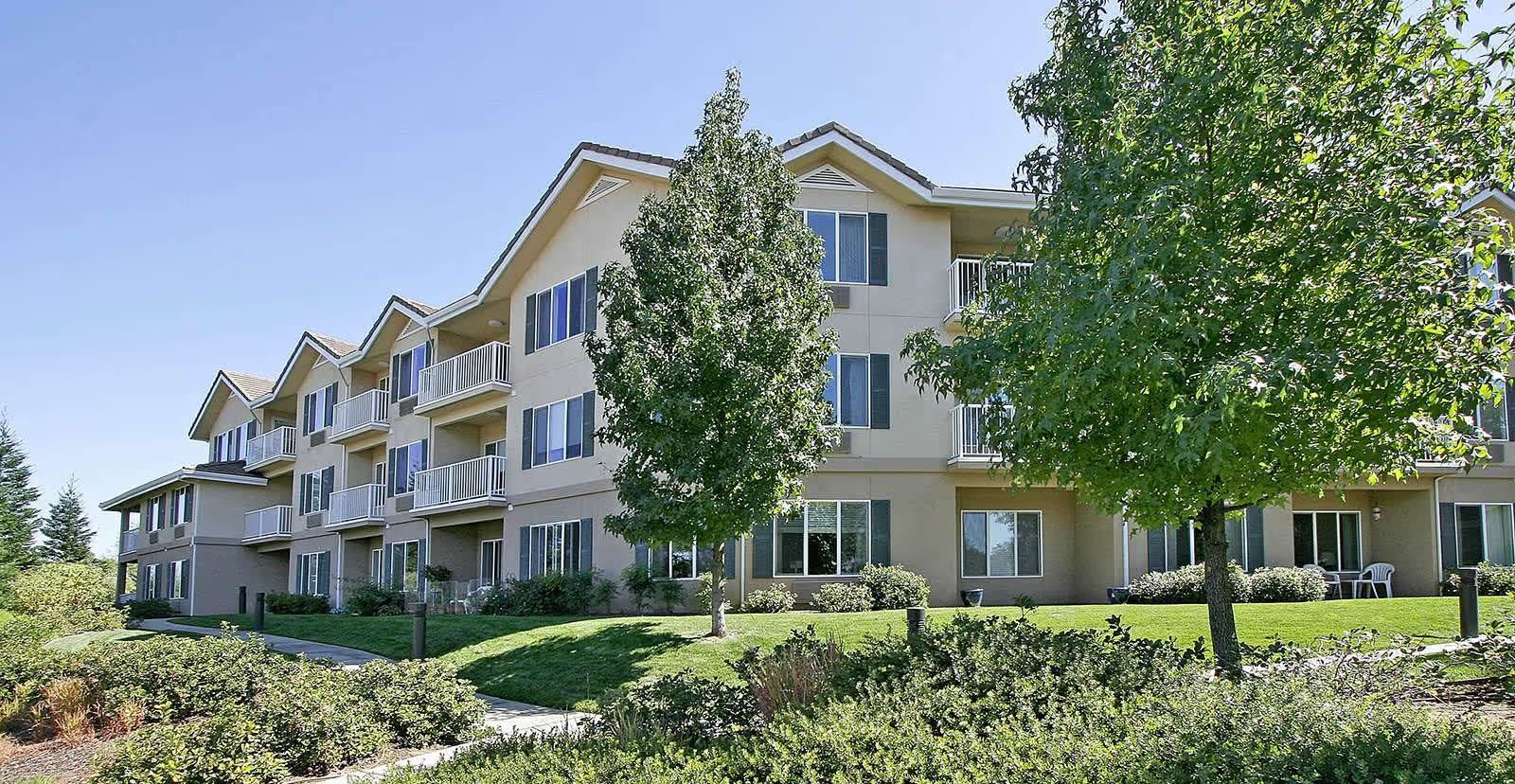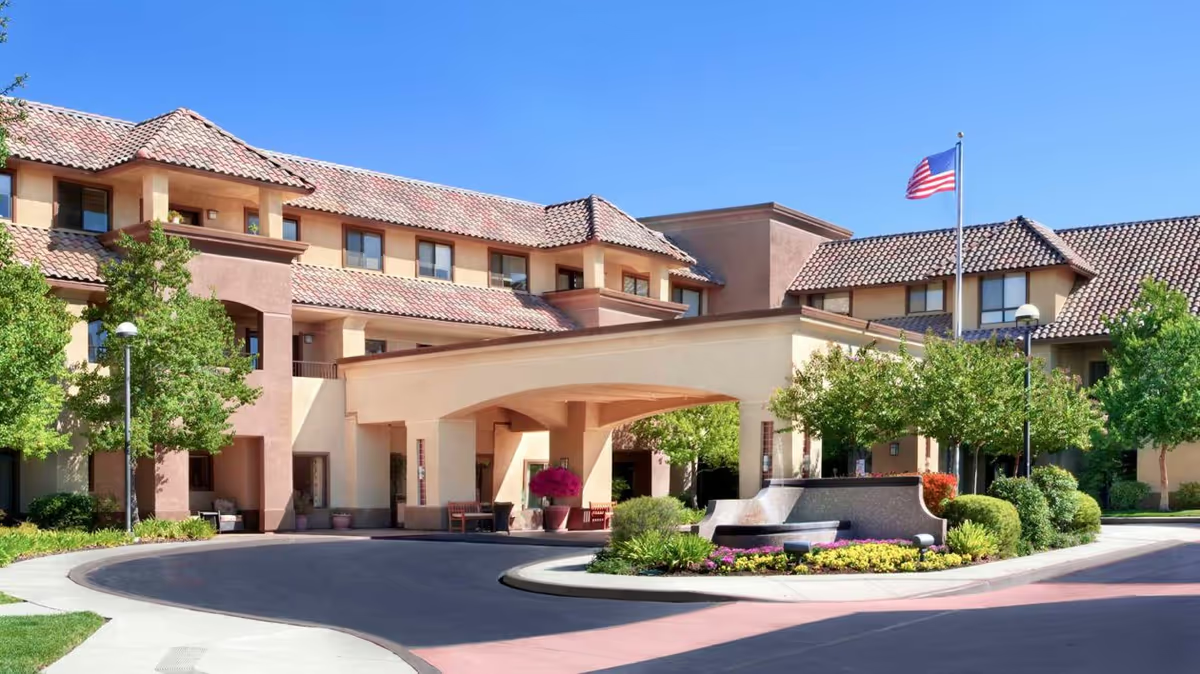Overall sentiment from the collected reviews is largely positive, with an overwhelming emphasis on the quality of the staff and nursing care. Reviewers repeatedly describe the staff as kind, compassionate, attentive and family-like; many single out nurses, aides, program directors and long‑tenured employees as strengths. Several reviews specifically praise 24/7 RN coverage and report good experiences with transitions (for example, ER transfers), end-of-life/hospice coordination, and the staff’s willingness to engage residents and encourage participation in activities. Communication with families is often described as responsive, and managers are frequently noted as helpful and informative.
Facility and maintenance impressions are mixed but tilt positive. Many rooms and suites have been recently renovated or remodeled and are described as large, bright and well cared-for. Maintenance response is repeatedly called out as quick and effective. Common areas—lobbies, dining rooms, game rooms, library and outdoor garden areas—are often praised as clean and attractive. At the same time, multiple reviewers call out dated portions of the building such as the front entrance, some bathrooms, and long or dim hallways; a few reviewers characterize the layout as large or hospital-like. Accessibility is a consistent concern: bathrooms in many units are small and pose challenges for residents who use walkers or wheelchairs, and suites generally do not include cooking appliances (no stove/oven), which may limit independence for some residents.
Dining receives a broad range of comments and represents a clear area of variability. Several reviewers enjoy the food, daily specials, three-meal service, and occasional in-room delivery, and some credit the dining program with improved appetite and weight gain for residents. Conversely, many comment on inconsistent meal quality: meals arriving cold, entrees not suited to more frail appetites, salty preparation, lack of protein, or simply personal dislikes (e.g., spinach lasagna). Staffing shortfalls have occasionally led to main dinner options running out or delayed meal delivery. Dining service speed and occasional mismatches between menu promises and delivery were also noted as pain points.
Activities and social programming are frequently mentioned as a strength, with many reports of music, stage plays, bingo, card games, shuffleboard, ice cream socials, movie nights and bus outings. These offerings appear meaningful for many residents and families, and staff encouragement to join activities is highlighted positively. However, some reviewers found activities not sufficiently engaging or under-communicated, and a few noted that there was little to no activity during their visits. This suggests variability in program depth and communication depending on timing and resident mix.
Cost and management issues appear repeatedly and are a significant pattern. Multiple families say the community is expensive and cite specific high rent figures; several reviewers feel that pricing does not always match the level of care provided, particularly if care needs increase. There are also a handful of more serious management complaints (staff firings, administrative inefficiencies such as fax-based bus scheduling, assessment fees, and perceived need for outside advocacy). While many reviewers praise management and the administration, these mixed reports indicate variability in leadership experience or consistency over time.
Safety, security and convenience features are highlighted: elevators, locked gate, parking, nearby hospital access, and on-site transportation are positives in many reviews. Yet some families report transportation to medical appointments was not reliably arranged. Other operational details—smoking permitted in the courtyard, occasional HVAC issues, and the lack of in-unit cooking—are practical points reviewers raised as either concerns or limitations depending on resident preferences.
In summary, Delaware Plaza Assisted Living Community is repeatedly commended for its caring staff, responsive maintenance, clinical coverage (24/7 nursing), cleanliness in many areas, and a robust set of activities and amenities that support social engagement. The strongest, most consistent praise centers on staff compassion and engagement. Areas to watch are dining consistency and staffing impacts on meal service, the age and accessibility of some physical spaces (bathrooms and certain building entries), the relatively high cost relative to perceived services, and occasional management or administrative shortcomings reported by a minority of reviewers. Prospective families should weigh the strong caregiving culture and activity offerings against concerns about bathroom accessibility, dining consistency, and cost; clarifying current staffing levels, renovation plans, smoking policy, and how the community handles increased care needs would address the most frequently cited uncertainties.
